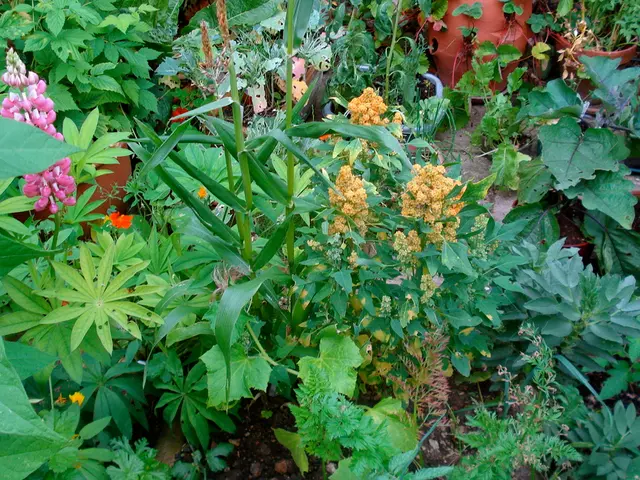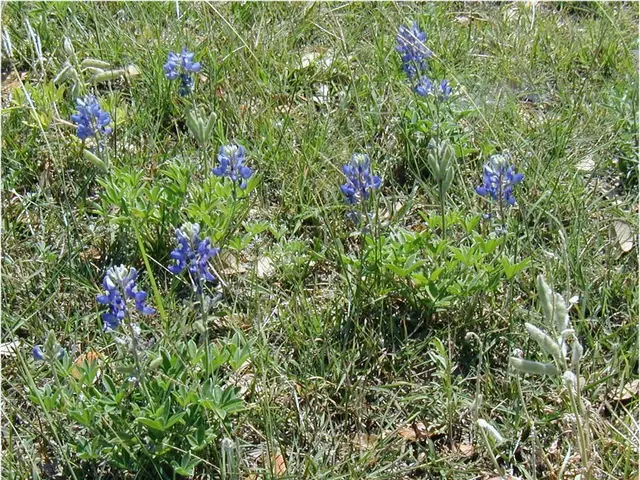Strategies for Preventing Neighbor's Weeds from Overrunning Your Garden
Home and Garden: Battling Neighboring Weeds for a Beautiful Lawn
Springtime showers can bring vibrant flowers, but they also stimulate the growth of weeds that may invade your property from your neighbor's side. Maintaining a lush, well-tended lawn and flower garden becomes a challenge when unwanted weeds threaten their beauty. Yet, with the right strategies, you can fend off your neighbor's weeds and keep your hard work intact.
In an interview with Ivana Agustina, head of project management at ShrubHub, we gained valuable insights into the best ways to control and prevent the spread of neighboring weeds. Agustina shared her advice for property owners looking to maintain a pristine lawn throughout the growing season.
Physical Barriers and Border Protection
Creating a separation barrier between your lawn and your neighbor's is crucial to preventing weeds from encroaching. Deep-edging, extending 4 to 6 inches beneath the soil line, acts as an efficient barrier against the roots of invasive weeds. Materials like metal, vinyl, or concrete form an effective and welcoming partition without appearing unfriendly. If persistent weeds are a problem, consider digging a small trench and filling it with mulch or gravel. Both the lawn and the weeds will struggle and cease their advance.
Plant Selection and Lawn Care
Strategically planting fast-growing, dense ground covers along the property line is an excellent method for protecting your lawn from unwanted invaders. ShrubHub's Ivana Agustina recommends planting liriope, pachysandra, or dense shrubs, which are typically too strong for weeds to overcome. Moreover, this approach not only keeps weeds at bay but adds a charming touch to your garden.
Proper lawn care is the best way to keep creeping weeds at bay. A healthy lawn with deep roots naturally outcompetes weeds. Agustina advises focusing on proper watering, regular fertilization, and maintaining grass height at around 3 inches for most varieties. If your lawn is patchy, consider overseeding bare patches to deprive weeds of their feeding spots.
Addressing the Issue with Neighbors
Open communication is the recommended first step when dealing with neighboring weed-related issues. Engaging in a respectful conversation might lead to a joint solution, making the effort more effective. You could propose a shared lawn care schedule or split the cost of professional weed control to keep both properties looking their best. Investing in a neighborly discussion can result in better-looking yards and less maintenance work.
In summary, preventing neighboring weeds from entering your lawn and flower garden requires a combination of physical barriers, good cultural practices, and timely interventions. By implementing a mix of these strategies, you can effectively keep invasive weeds at bay and maintain a beautiful, healthy property.
To fortify your property against neighboring weeds, consider installing physical barriers such as deep-edging or using materials like metal, vinyl, or concrete for a welcoming and effective partition. Strategic planting of fast-growing, dense ground covers, such as liriope, pachysandra, or shrubs, along the property line can also help protect your lawn from unwanted invaders. Proper lawn care, including regular watering, fertilization, and maintaining grass height at around 3 inches, produces a healthy lawn with deep roots that naturally outcompetes weeds. Open communication with your neighbors about joint lawn care or sharing the cost of professional weed control can lead to better-looking yards and less maintenance work.







